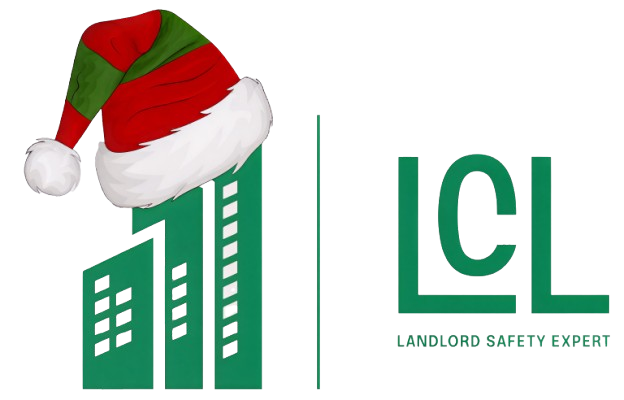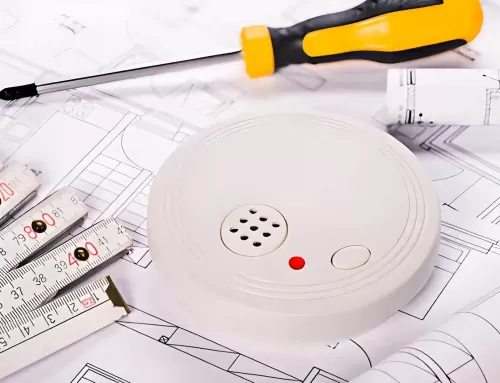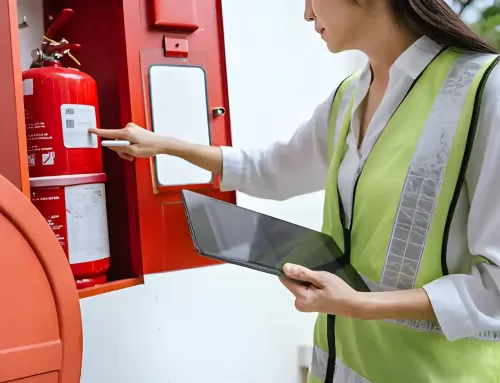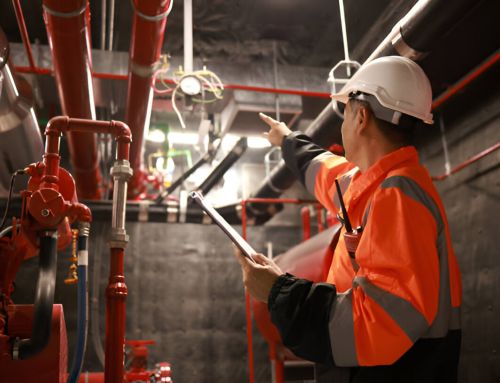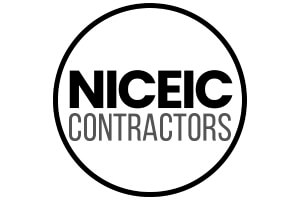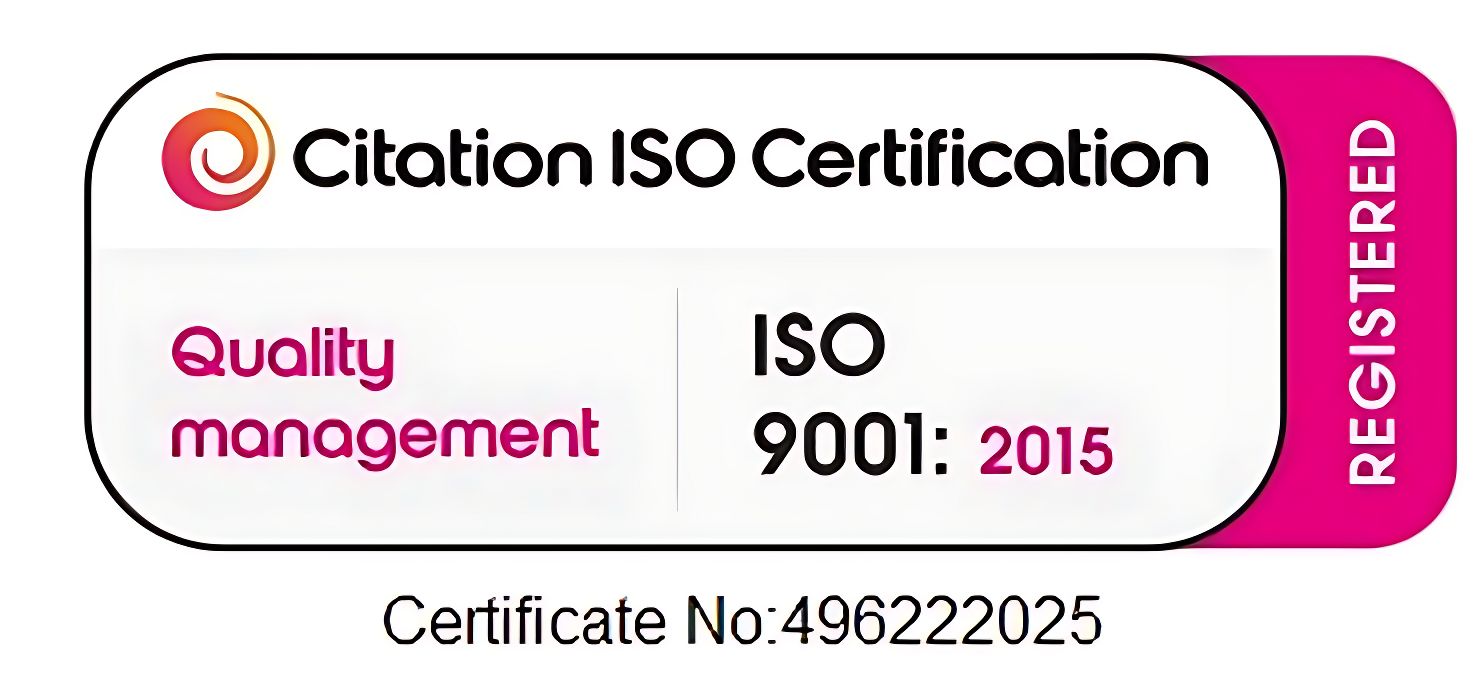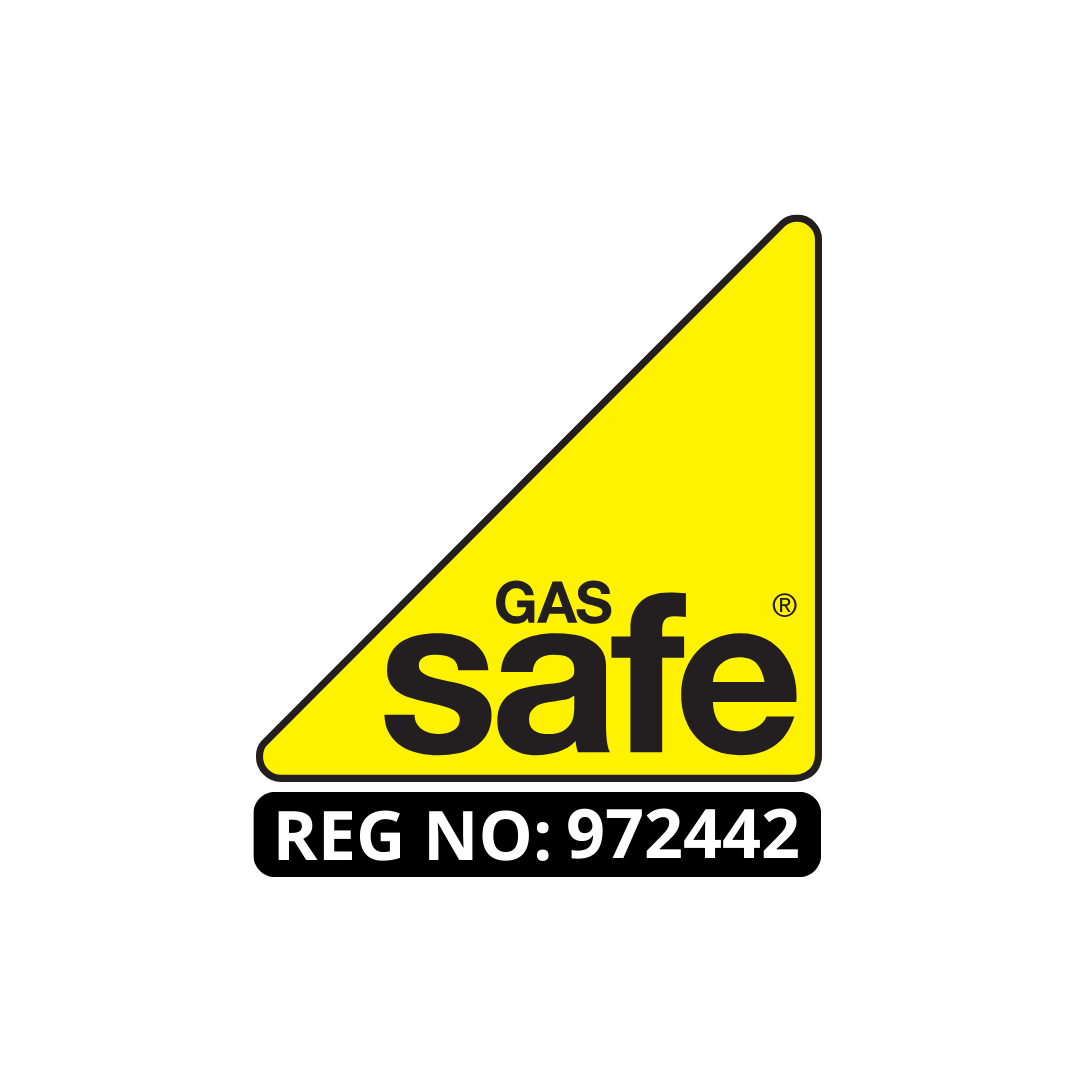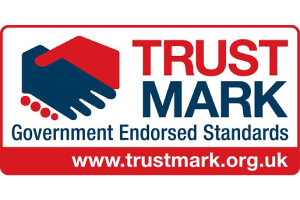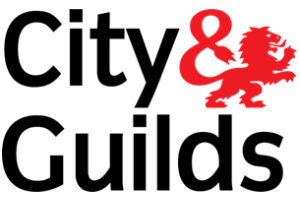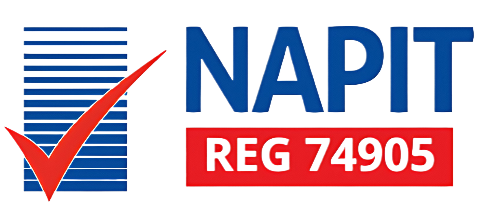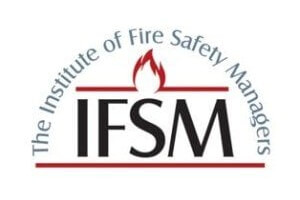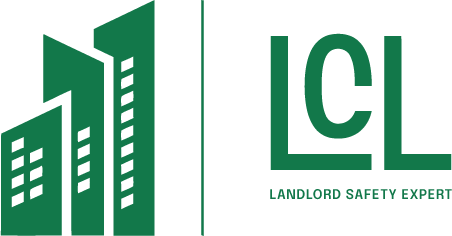
Landlord responsibility grows every year because risks exist in rental units across all regions. A clear outline of fire and risk assessment practice supports safe homes and stronger compliance. Strong attention to patterns in local incident reports gives owners useful insight. National Fire Protection Association data shows significant fire incidents linked to overlooked risk. A landlord focuses on regular checks to reduce many of those events. A careful review of a property reveals many faults early. The assessment supports that process and guides corrective actions. Also provides confidence for tenants who expect safe living areas. A landlord approach that follows codes gains long-term stability. Government surveys show major safety improvements when owners follow structured risk checks. Fire safety assessment helps owners meet those standards. A detailed review of exits, alarms, and electrical points always forms the core. A routine walk-through of each room identifies many silent risks. Fire risk assessment becomes stronger when owners keep clear notes. Fire and risk assessment also becomes more accurate when issues receive quick attention. A landlord who studies past data for useful foresight. Fire risk assessment guidance supports many owners who handle multi-unit structures. A landlord who follows that guidance clearly. The assessment finally becomes a stable routine through constant review.
Key Takeaways
- Stronger safety control comes from a clear fire risk assessment routine
- Tenant protection improves through steady checks of alarms, exits, and wiring points
- Emergency readiness increases through seasonal fire assessment cycles
- Electrical risks are reduced when outlets, cords, and panels are reviewed on a set schedule
- Compliance strengthens when state rules align with structured fire assessment steps
- Tenant clarity rises through simple answers that lower common fire risks
- Faster risk response relies on keeping a basic inspection ready at all times
- Avoidable danger reduces when fire safety assessment habits are adopted across each unit
- Long-term property protection grows through consistent fire risk assessment, UK-style checks
- Sustainable routines are developed by keeping fire yearly plan
Tenant Questions About Fire Assessment Answered
Many tenants ask direct questions about safety requirements because concerns rise once incidents appear in news reports. A careful explanation of assessment gives tenants basic assurance. National housing associations report that tenants often want simple information. A straightforward overview achieves that aim. Fire risk assessment plays a part in nearly every response. Government reports also show that tenants raise alarm-related issues more than any other concern. A clear message about scheduled checks helps resolve those doubts. Fire assessment supports that message. A landlord response grounded in documented checks strengthens trust. Fire assessment produces that documentation. A consistent message about safe exits, working alarms, and clear hallways supports smooth communication. A property with strong routines reflects lower claims. Fire safety assessments are routine. Landlord cooperation with local fire departments gives tenants even more clarity. A landlord who studies regional laws also responds better to tenant concerns. Fire risk assessment UK guides compliance in many regions. Assessment answers nearly all tenant queries because it addresses structural risk, maintenance gaps, and emergency systems. Fire assessment also offers tenants confidence when signs of wear appear. Finally becomes the core message whenever tenant concerns arise.
Prevent Electrical Fires with Proper Risk Assessment
Electrical faults remain one of the top reasons for residential fires across the country. National statistics show that overloaded circuits cause a large share of these events. Fire safety assessment identifies overloaded sockets and aging wires early. Fire assessment also highlights missing cover plates and loose switches. Government fire agencies report that early identification of electrical faults cuts incidents sharply. Fire assessment supports that outcome. A steady review of appliances within a rental unit ensures safe operation. Insurance analysts confirm that many claims arise from small electrical faults. A landlord approach grounded in careful evaluation reduces that risk. Fire assessment is the method for that evaluation. Electricians often advise annual checks for older buildings. A property built several decades ago benefits the most from such reviews. Fire Safety assessment serves as the guide for each review. Fire risk assessment UK standards actions that target major electrical risk. National estate data also shows strong improvements. A steady approach to outlet testing prevents many risks. Fire and risk assessment acts as the framework for action. Fire and risk assessment finally gives landlords the clarity needed to act before small faults become critical.
Annual Fire and Risk Assessment Maintenance Plan
Annual routines shape long-term safety in rental properties. A clear plan ensures reliable protection for tenants across all months. Government inspection programs highlight yearly reviews as a crucial step for landlords to form the basis for each yearly cycle. A structured review of alarms at the start of the year sets a strong tone and identifies faults that arise from dust or age. A mid-year check of extinguishers maintains readiness. Insurance bodies confirm that extinguishers lose efficiency after long periods without review ensure timely checks. Seasonal weather reports also suggest that extreme temperatures affect alarm sensors. A landlord who tracks those patterns has practical insight. Fire and risk assessment helps apply that insight. Fire and risk assessment UK regulations support a yearly schedule for all multi-unit structures. National home safety councils highlight strong from that schedule. Fire assessment works well when each season marks a new check. A property also from a yearly review of escape routes. Fire assessment ensures that every exit remains clear. Fire and benefits further when records remain accurate.
State Fire and Risk Assessment Laws U.S. Landlords Need
Legal rules differ across states and create many responsibilities for rental owners. National conferences on housing safety report major differences between states with strict enforcement and states with limited oversight. It helps owners navigate those variations. State codes often require clear exit routes, reliable alarms, and safe wiring. Risk assessment identifies gaps in each area. National databases highlight high fire-incident states with strong urban density. A landlord who studies those patterns gains a useful perspective. Risk assessment supports decisions based on that perspective. State regulators also demand clear documentation after inspections. Fire assessment creates that documentation. Federal data also shows strong compliance when owners follow regional training. Fire risk assessment UK guidance offers a comparative model that informs American owners. Local fire authorities also conduct seasonal checks for high-risk buildings. Prepares an owner for those visits. Public safety campaigns emphasize responsibility for large complexes with vulnerable occupants. Fire and risk assessment helps track risk in those settings. Ensures that owners follow exit sign rules, extinguisher checks, and smoke alarm placement. also helps interpret updated state codes as laws evolve.
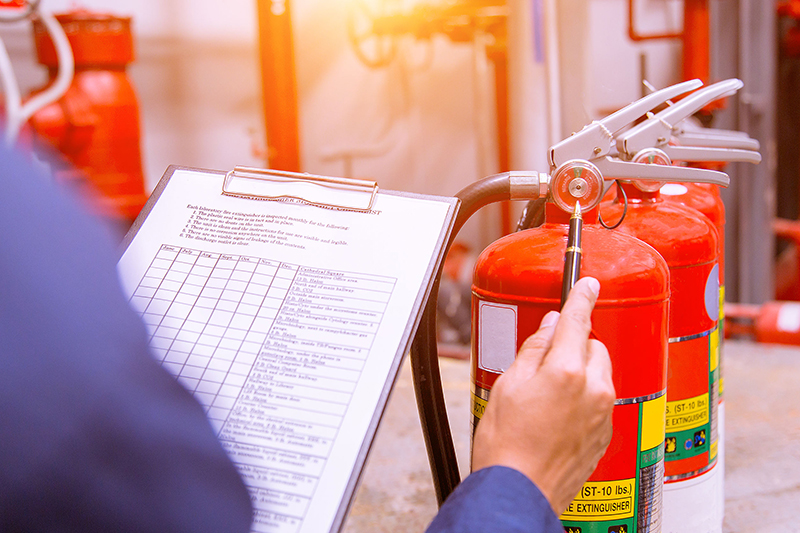
Appliance Needed for Effective Fire and Risk Assessment
Reliable tools support strong evaluations in every rental unit. National guides on emergency preparation highlight essential devices for risk detection. Fire assessment improves greatly when owners use the correct instruments. Thermal detectors reveal hotspots inside walls. Fire assessment includes such checks when the wires age. Smoke test devices help confirm alarm response speed. Fire and risk assessment become more accurate with those tests. Moisture meters identify damp zones that lead to electrical faults. risk assessment includes those areas. State authorities also recommend simple tools such as flashlights and non-contact voltage testers. Fire assessment benefits from that guidance. Fire assessment UK standards reinforce tool-based evaluations for older structures. National safety boards also note that digital logs improve follow-up actions. Fire and risk assessment fit well with that approach. A property with consistent equipment uses gains more accurate reports. Fire assessment, keep those reports organized. Assessment leads owners toward early corrective action once tools reveal defects. The assessment also supports consistent tracking of alarm batteries and extinguisher devices.
Low-Cost Fire and Risk Assessment Tips for Landlords
Budget limits challenge many property owners across the country. National housing data indicate that simple routines often prevent major risk at little expense. The assessment provides many free steps for safer environments. Regular checks of common areas reveal clutter that blocks exits assessment highlights those areas. A careful review of outlets reduces overload incidents. Government guides show that alarm testing creates significant safety without major investment. Simple housekeeping practices also reduce combustible buildup in storage areas. Fire assessment UK guidance confirms that many safety improvements require minimal spending. Insurance case studies show large claim reductions when landlords adopt basic routines. Fire assessment drives those routines. A monthly visual check of wiring reveals early signs of wear. Fire and risk assessment guides that check. Fire assessment benefits further when owners maintain clear notes. Fire safety assessment also adds clarity for any landlord who reviews older units. Fire safety assessment blends well with assessment for long-term planning. Fire and risk assessment finally proves that consistent awareness produces strong results without heavy budgets.
How to Choose a Fire and Risk Assessment Professional
Selecting a qualified professional starts with understanding the level of experience required to properly evaluate a rental property. A dependable specialist brings a strong background in safety regulations, practical inspection methods, and real-world risk identification. Checking for recognized certifications, training history, and verifiable field experience helps narrow the search to individuals who consistently deliver accurate and reliable assessments to offer clearer explanations, stronger reporting standards, and a more structured process, making it easier to understand the overall safety condition of a building.
Communication also plays an important role during selection. A skilled professional explains findings in straightforward language and outlines every observation without unnecessary technical barriers. Availability, transparency, and punctual follow-through further indicate a strong work ethic. Recommendations from property managers, housing associations, or trusted local networks can also help confirm reliability. When all these factors come together, experience, clear communication, strong reporting, and trustworthy referrals, the result is a well-informed choice that supports long-term safety and provides confidence that each inspection is carried out with careful attention and professional diligence.
Frequently Asked Questions
A safety review identifies risk inside rental units. A clear inspection highlights weak alarms, unsafe wiring, and blocked exits. National reports show strong reductions in incidents when structured checks remain consistent.
This type of review works best on a yearly cycle. Seasonal changes affect sensors and wiring, and annual evaluations capture those shifts. National data confirms that yearly routines cut incidents across many regions.
A thorough review covers alarms, escape routes, wiring, storage spaces, and heating units. Government studies show frequent faults in these zones, so steady attention supports long-term building safety.
A completed report aligns with state requirements. Inspectors often request evidence of alarm testing and exit conditions. Clear documentation satisfies those requests and supports stronger compliance.
Regular evaluations strengthen building resilience by catching faults early. Housing surveys show major gains when long-term planning includes routine inspections. A stable process creates a strong foundation for safer rentals.
Conclusion
A strong approach to safety often begins with clear attention to risk across every rental unit. National reports show major reductions in incidents when landlords follow structured checks. Fire risk assessment UK supports progress across all building types. A property gains long-term stability when alarms, exits, and electrical points remain under steady review. Fire and risk assessment guides each stage of that review and creates a reliable path toward safer housing. Government agencies highlight consistent evaluation as the most effective method for risk control. The assessment strengthens compliance with codes across all states. Regional laws also place a high value on documented steps, and a landlord who keeps accurate notes gains clear evidence of responsible care. The assessment offers that clarity. A rental property reaches stronger resilience once each risk receives early attention. Fire assessment becomes the foundation for that resilience. A steady plan that follows national guidance supports both occupants and buildings across many environments. Assessment stands as the central practice for owners who aim for durable protection.
About the Author: Atia Amin
Related Posts
Get Social
Recent Posts
- Fire Alarm Installation as a Foundation for Stronger Property Protection
- Properties That Must Hold a Valid Fire Safety Certificate
- How a Fire Risk Assessment Shapes Stronger Safety Decisions
- Why Every Property Requires a Valid Gas Safety Certificate
- EICR Testing and Property Safety Overview Guide for Building
